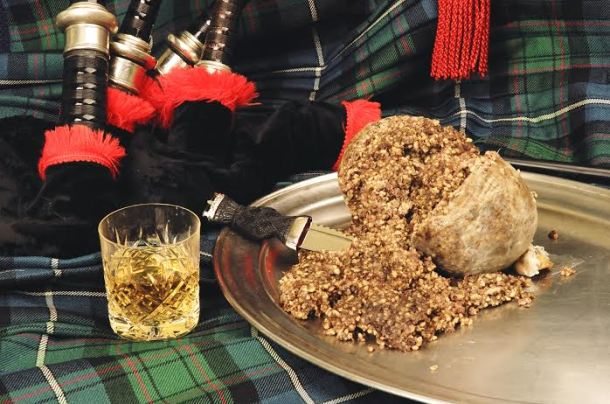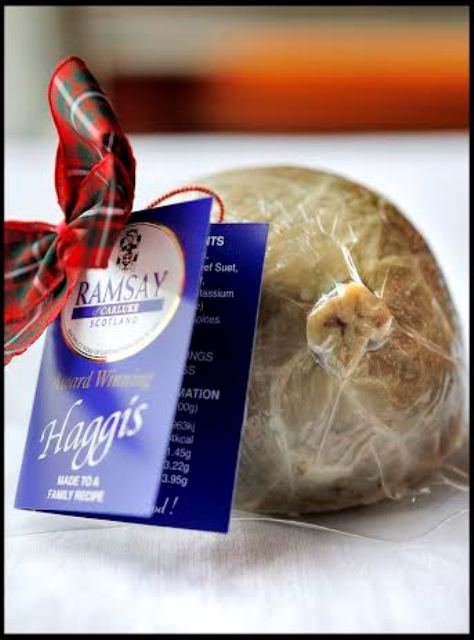Recently, Farmer Michael Shannon of Damn Delicious, sent me a selection of his top quality Scotch beef and pork to cook with. The beef was the first to be cooked and it was as it said on the label, ‘Damn Delicious’. You can read about the beef and what I cooked in the previous blog post.
Damn Delicious have a fantastic range of Scotch beef, lamb and pork and as well as being an online butcher, this week the new farm shop opened, stocking the same wide selection of the farm’s delicious meat.

The new farm shop sells the same top quality meat that’s available online from Damn Delicious
Among the selection of meat I received were some very nice looking pork chops and I decided to cook them using a Quality Meat Scotland recipe from one of the recipe books that Damn Delicious had included with the parcel.
The recipe I opted to use, ‘pork chops with rosemary & ginger wine sauce’ was quick and easy and made for a delicious meal served with new potatoes and vegetables.
Ingredients: 4 pork chops, (2 1/2 cm thick) or boneless loin chops, leaves from 2 sprigs of rosemary-finely chopped, salt & pepper, a little olive oil or butter.
Ginger Wine Sauce: 12 tbsp ginger wine, 200ml water or stock, 2 tbsp grainy mustard, 4 tbsp cream or half fat creme fraiche (optional), 1 tbsp finely chopped parsley.
Method: Pork Chops: Sprinkle the chops with rosemary, salt and pepper. Heat a non stick pan until nice and hot then add a teaspoon of oil. Fry the chops for 6 or 7 minutes on each side until well browned. Remove the chops to a warm serving dish in a moderate oven while you make the sauce.
Sauce: Reduce the heat then pour in the ginger wine, let it bubble for a few seconds then add the water or stock and simmer until the liquid is reduced by half. Stir in the mustard, cream (if using) and parsley. After 1 minute remove from the heat. Check that the chops are thoroughly cooked (those with the bone in will take a little longer than loin steaks) and if not quite done you can return to the pan with the sauce and simmer gently for a few minutes more. Serve the chops with plenty of the sauce spooned over.
The quality and flavour of the pork chops was outstanding and you can view the full range of pork and other meat available on the Damn Delicious website. Additional recipes for quality Scotch beef, lamb and pork recipes can be found at the following links to Quality Meat Scotland websites.
































 There was the same passion as she spoke about the recipes and skills she had learned for her mother and grandmother. None of these had been written down, Yasmin learned from watching and listening as they cooked. Simple cooking was what her family did in Pakistan. Originally a peasant farming family, they had few cooking facilities, and needed clever but simple methods to cook over outdoor hearths.
There was the same passion as she spoke about the recipes and skills she had learned for her mother and grandmother. None of these had been written down, Yasmin learned from watching and listening as they cooked. Simple cooking was what her family did in Pakistan. Originally a peasant farming family, they had few cooking facilities, and needed clever but simple methods to cook over outdoor hearths.





